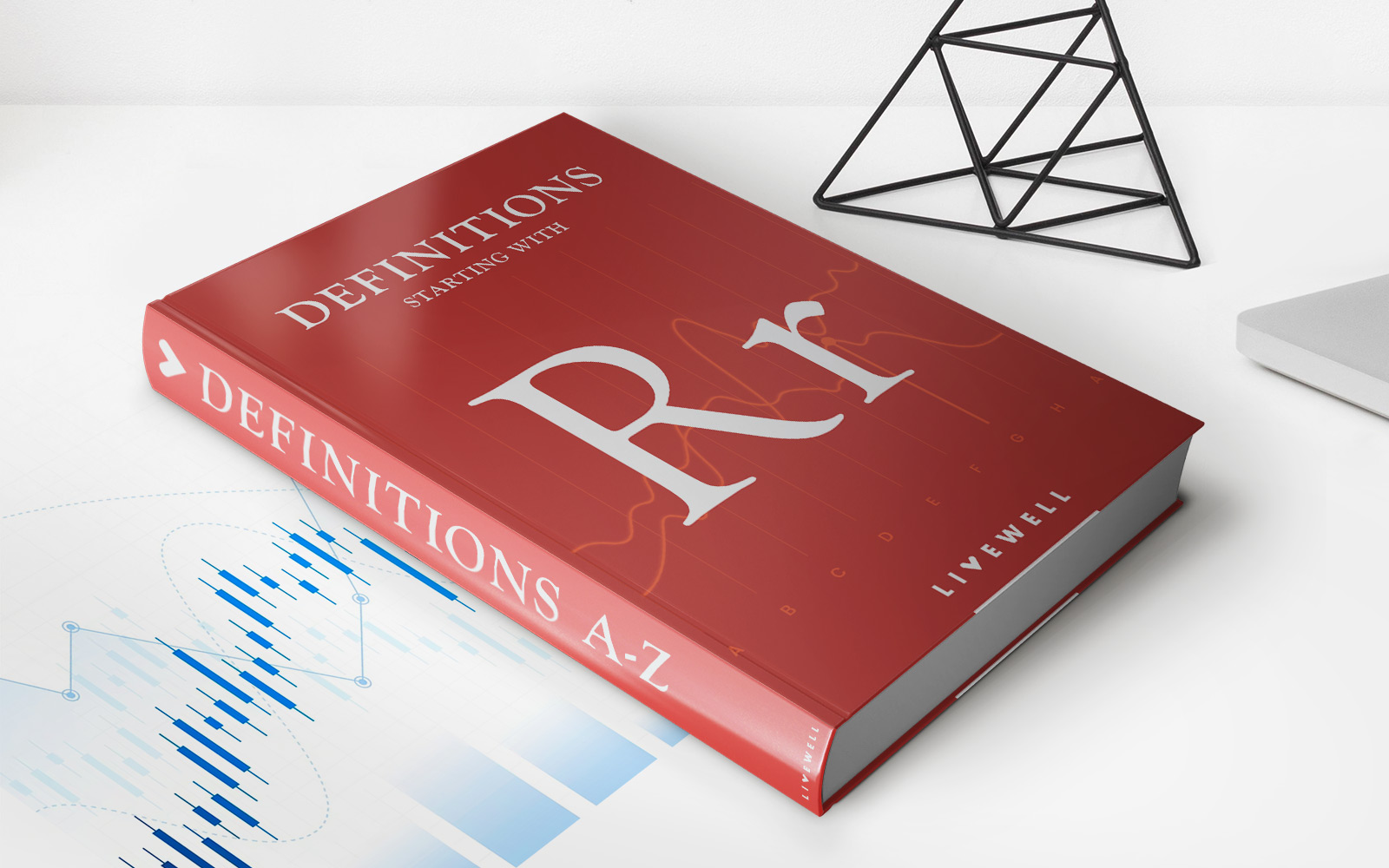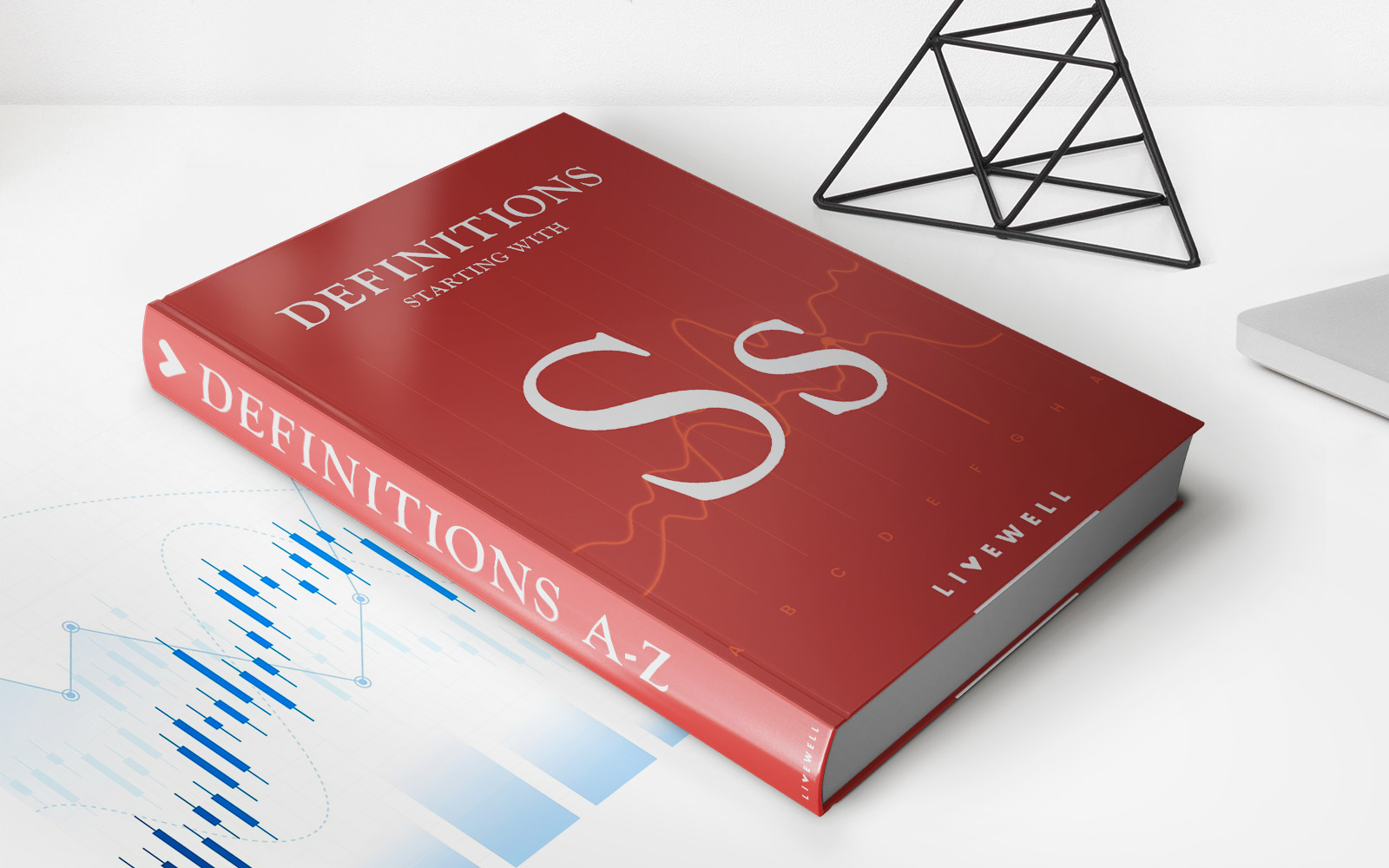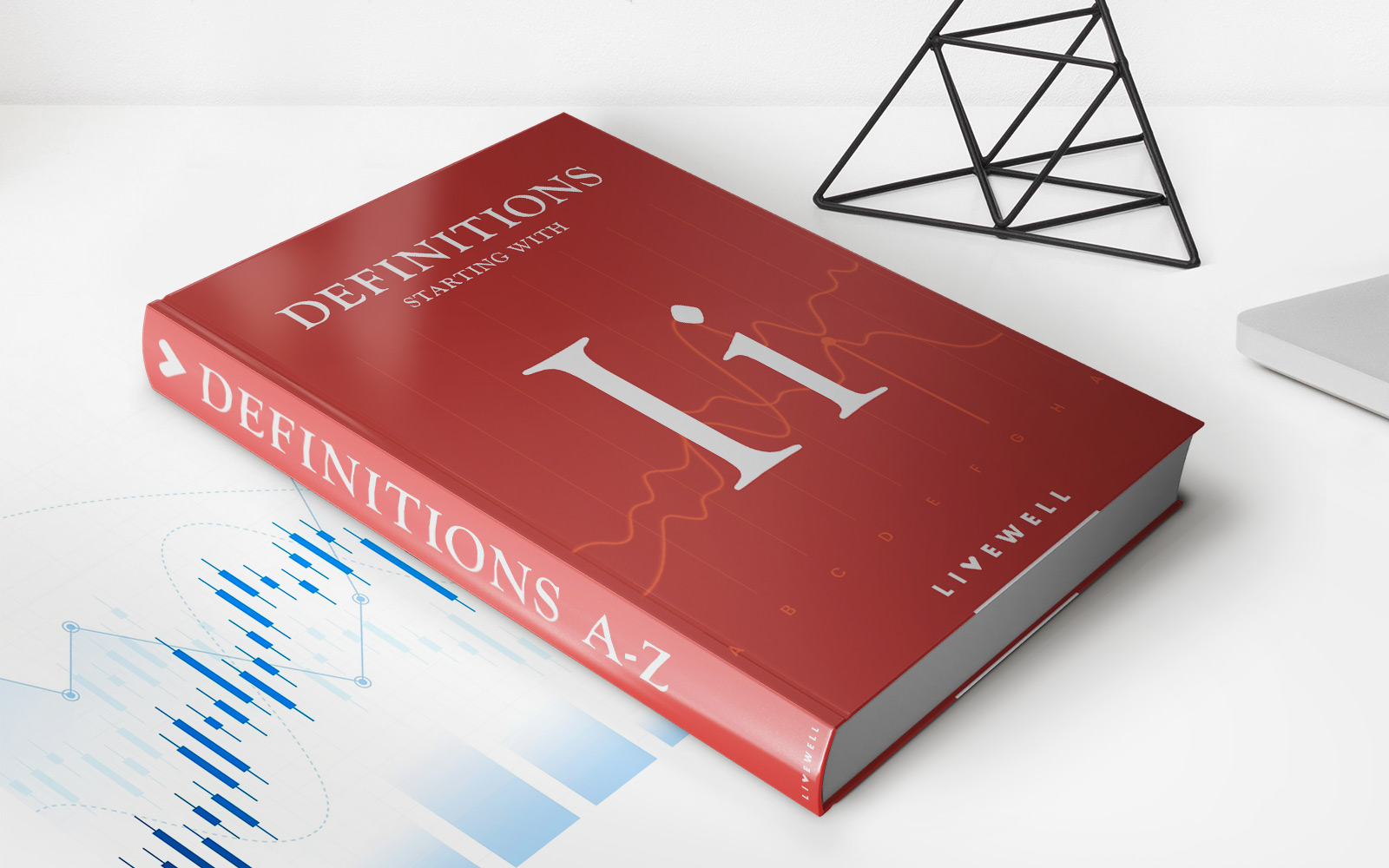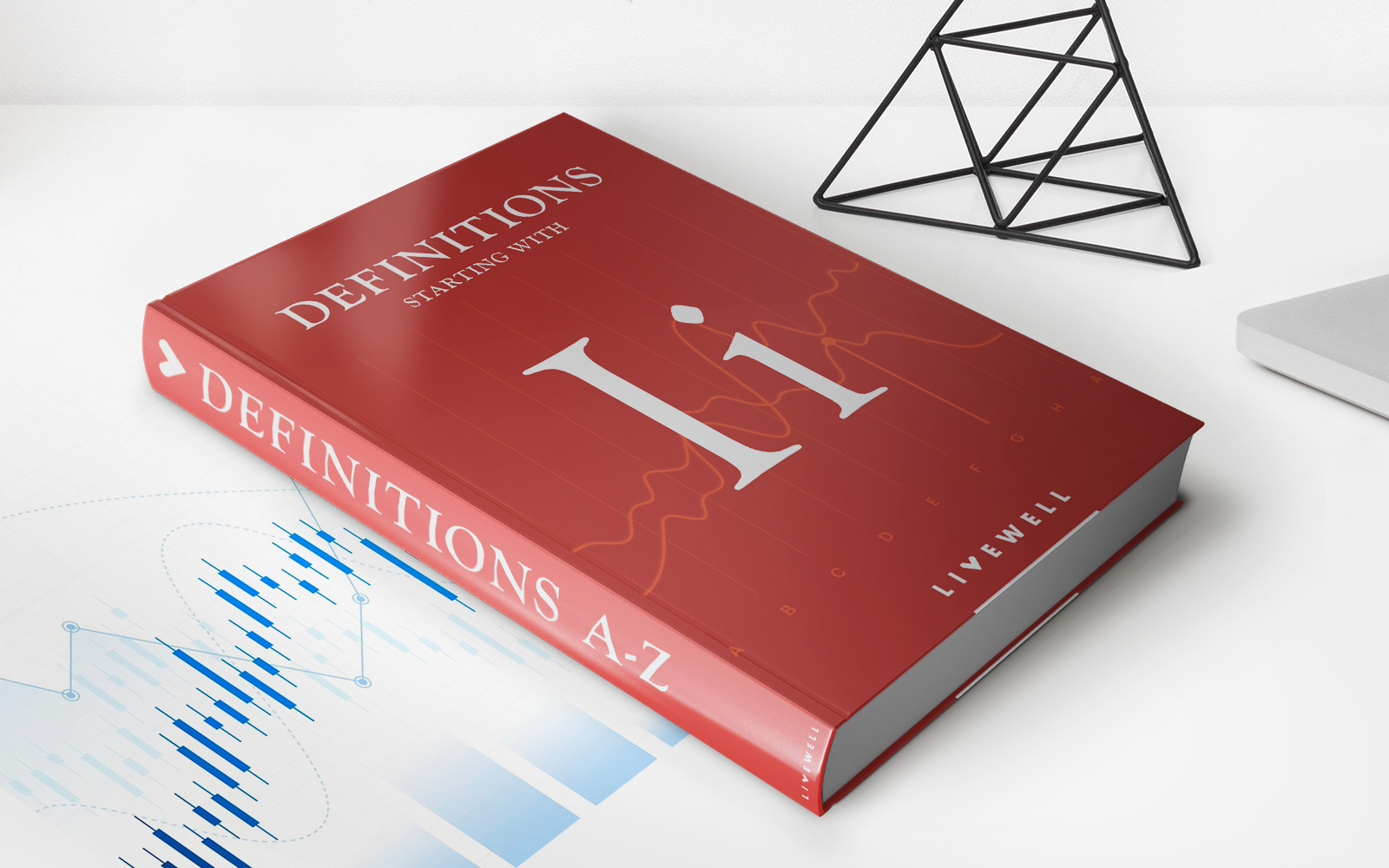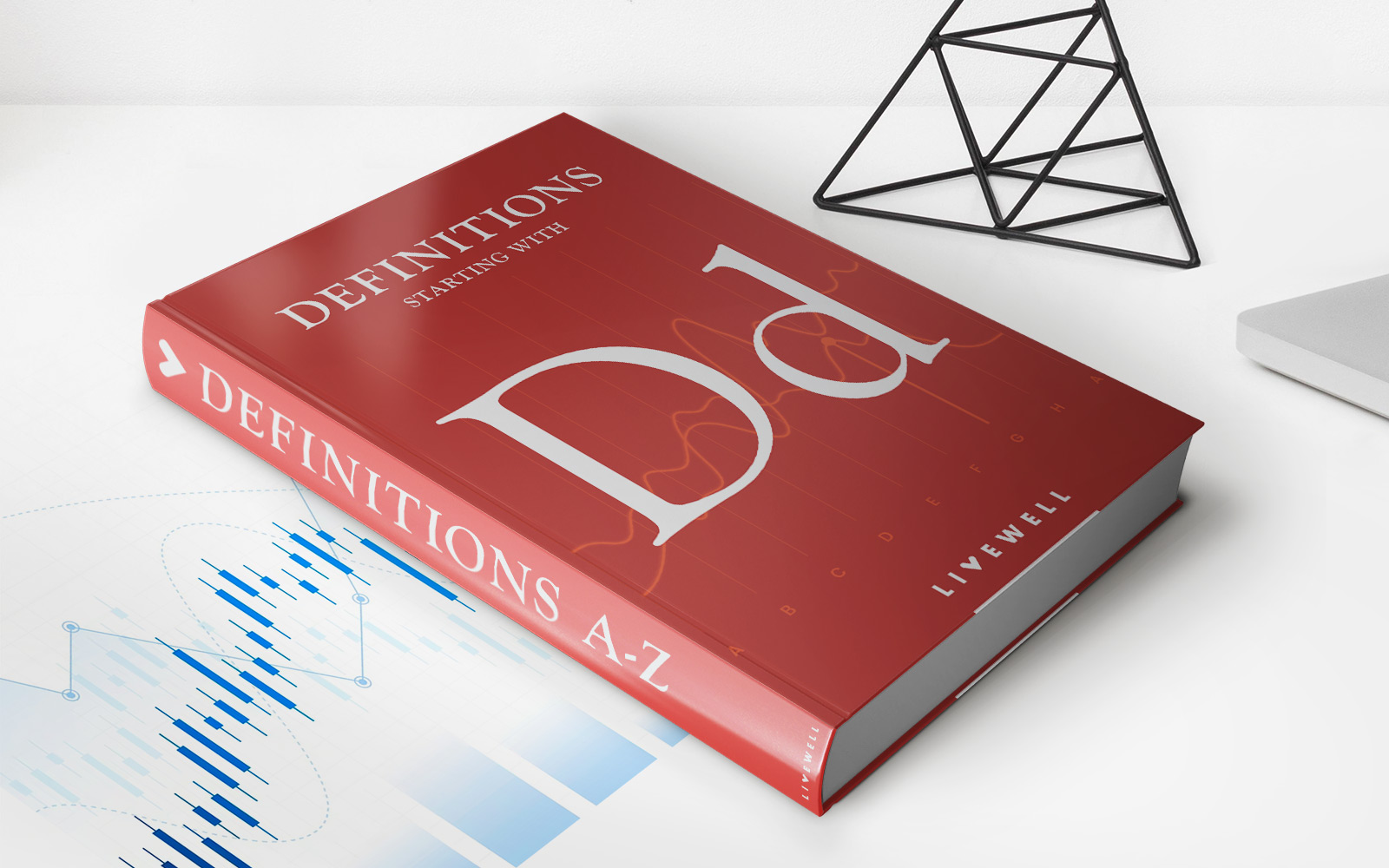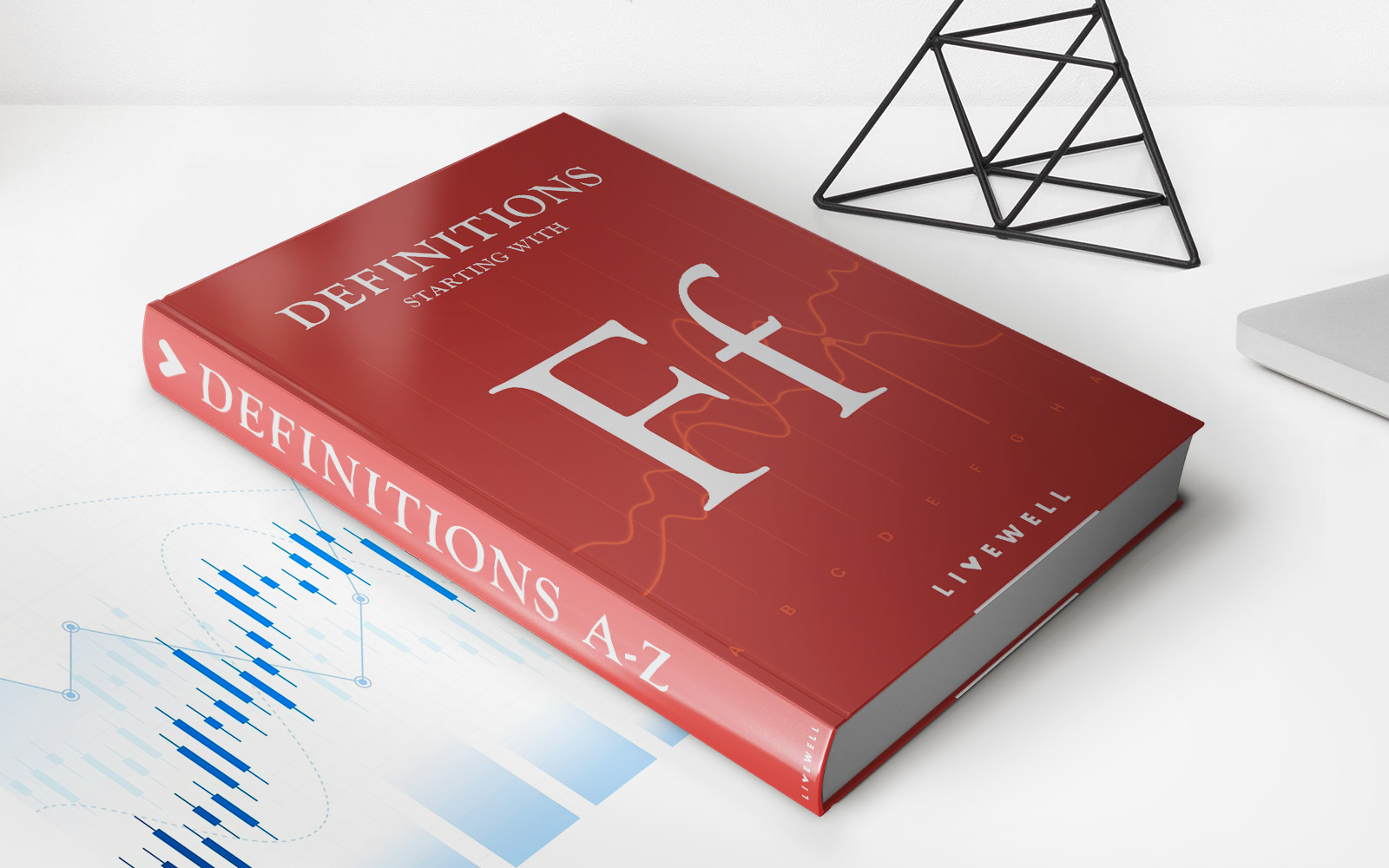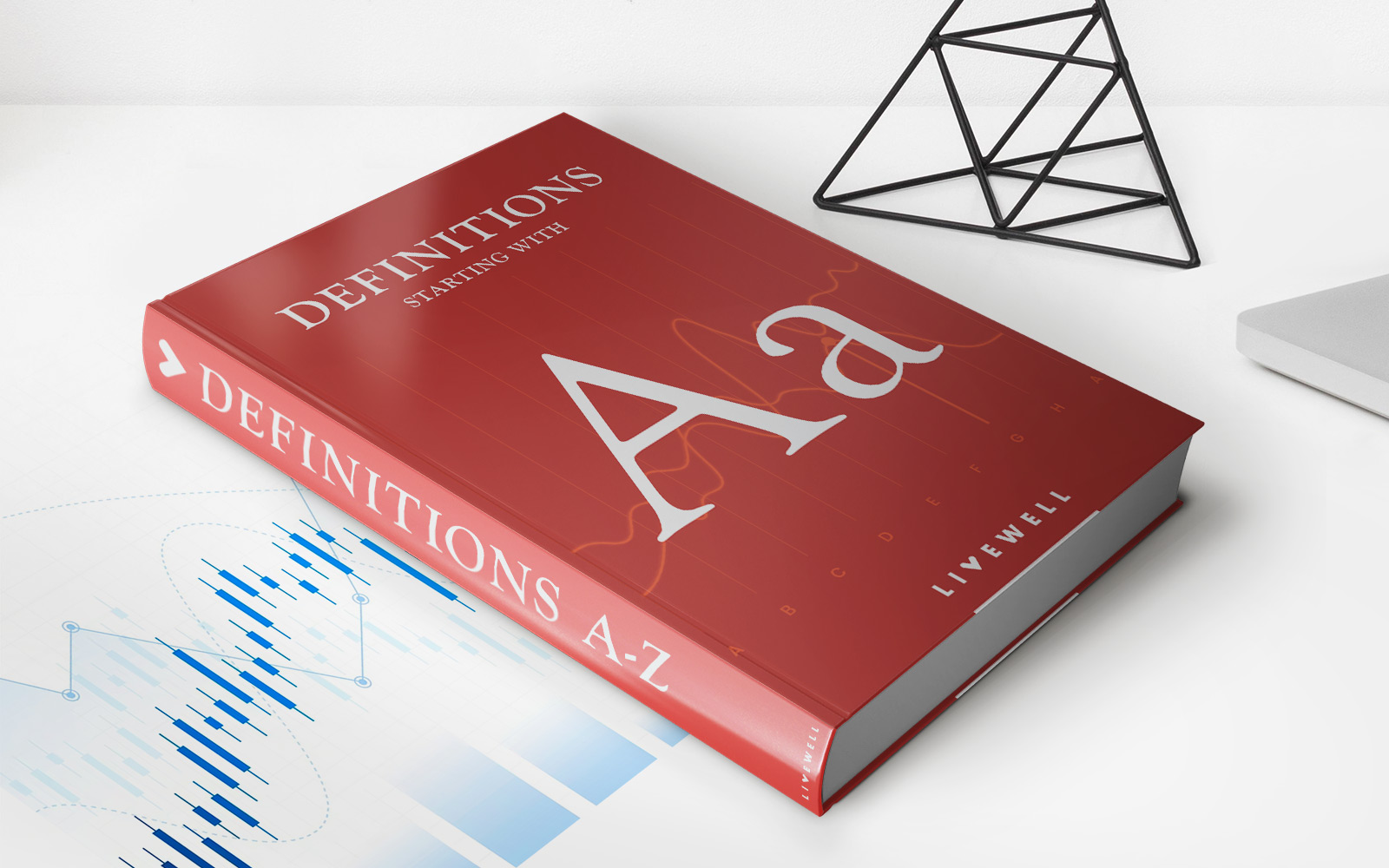Home>Finance>Par Yield Curve: Definition, Calculation, Vs. Spot Curve
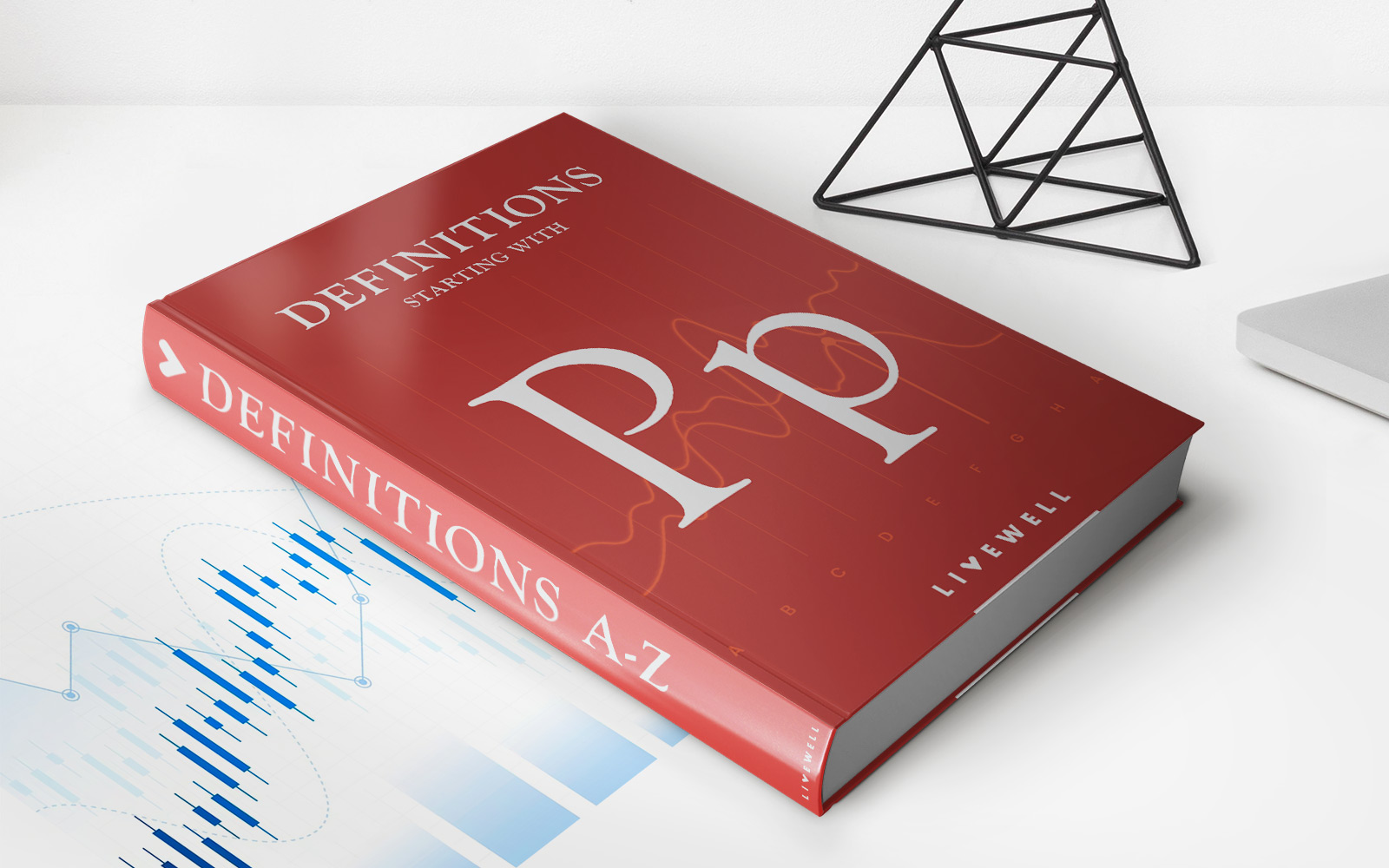

Finance
Par Yield Curve: Definition, Calculation, Vs. Spot Curve
Published: January 5, 2024
Learn the definition and calculation of the Par Yield Curve in finance, and understand how it differs from the Spot Curve.
(Many of the links in this article redirect to a specific reviewed product. Your purchase of these products through affiliate links helps to generate commission for LiveWell, at no extra cost. Learn more)
Understanding Par Yield Curve: Definition, Calculation, Vs. Spot Curve
When it comes to financial markets, understanding the different types of yield curves is crucial. One such curve is the Par Yield Curve. In this article, we will explore what the Par Yield Curve is, how it is calculated, and how it differs from the Spot Curve.
Key Takeaways:
- The Par Yield Curve represents the yields of fixed-rate bonds with coupon rates that are equal to the current market interest rate.
- It is calculated by stripping the cash flows of a bond into their respective zero-coupon bonds and then calculating the spot rates for each maturity.
Definition of the Par Yield Curve
The Par Yield Curve, also known as the Par Coupon Yield Curve, is a graphical representation of the yields of fixed-rate bonds whose coupon rates are equal to the prevailing market interest rate for each maturity. It shows the relationship between the yield of a bond and its maturity.
Unlike the Spot Curve, which measures the yields of zero-coupon bonds, the Par Yield Curve reflects the yields of bonds with coupon payments. It is derived by stripping the cash flows of a bond into their respective zero-coupon bonds and then calculating the spot rates for each maturity.
Calculation of the Par Yield Curve
The calculation of the Par Yield Curve involves several steps:
- Collect the market prices of fixed-rate bonds with different maturities.
- Strip the cash flows of each bond into zero-coupon bonds.
- Calculate the present value of each zero-coupon bond using the bond’s market price.
- Derive the spot rates for each maturity by solving the equation that equates the sum of the present values of the zero-coupon bonds to the bond’s market price.
- Plot the spot rates on a graph to create the Par Yield Curve.
The resulting curve shows the yields of bonds with coupon rates equal to the prevailing market interest rate for each maturity.
Par Yield Curve Vs. Spot Curve
While both the Par Yield Curve and Spot Curve provide useful insights into the bond market, they differ in their underlying concepts:
- The Par Yield Curve reflects the yields of fixed-rate bonds with coupon payments equal to the current market interest rate, while the Spot Curve represents the yields of zero-coupon bonds.
- The Par Yield Curve is derived by stripping the cash flows of a bond into zero-coupon bonds and calculating the spot rates, whereas the Spot Curve is directly derived from the market prices of zero-coupon bonds.
- Investors often refer to the Par Yield Curve when analyzing bonds with coupon rates, while the Spot Curve is commonly used for pricing derivatives and valuing bonds with embedded options.
Understanding the Par Yield Curve can provide valuable insights into the fixed-income market and help investors make informed decisions. By considering the relationship between bond yields and maturities, investors can assess the attractiveness of different bonds and adjust their investment strategies accordingly.
In conclusion, the Par Yield Curve is a powerful tool that offers valuable information about fixed-rate bonds with coupon payments equal to the current market interest rate. By understanding its calculation and distinguishing it from the Spot Curve, investors can enhance their ability to navigate the complex world of finance.
